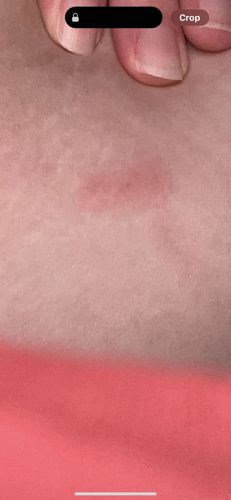Mosquito (bite)
Scientific Name: Various genera, e.g., Anopheles, Aedes, Culex
Order & Family: Diptera, Culicidae
Size: 3 to 6 mm

Natural Habitat
Mosquitoes are found globally in a wide variety of habitats, especially near standing water sources such as ponds, swamps, containers, and even small puddles, as water is essential for their larval and pupal stages.
Diet & Feeding
Adult female mosquitoes feed on blood from various hosts, including humans, for egg development. Both male and female mosquitoes feed on plant nectar and other sugar sources for energy.
Behavior Patterns
Mosquitoes are most active during dawn and dusk but can bite at any time. Females require a blood meal to produce eggs, which are laid in or near water. They undergo complete metamorphosis with egg, larval, pupal, and adult stages. Males feed on nectar and do not bite.
Risks & Benefits
Mosquitoes are significant vectors of various diseases, including malaria, dengue fever, Zika virus, West Nile virus, and chikungunya, posing considerable health risks to humans. The bite itself can cause itchy welts. They serve as a food source for some animals (e.g., bats, birds, fish) and can play minor roles in pollination.
Identified on: 9/3/2025